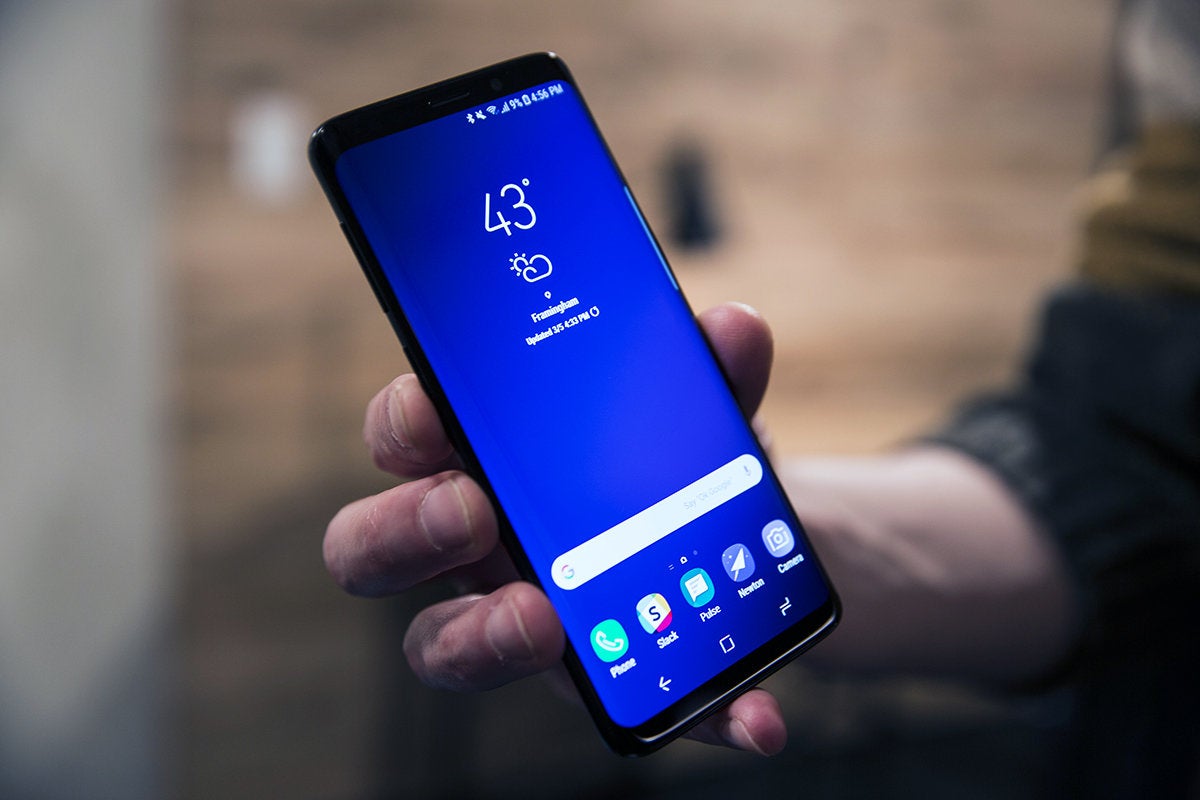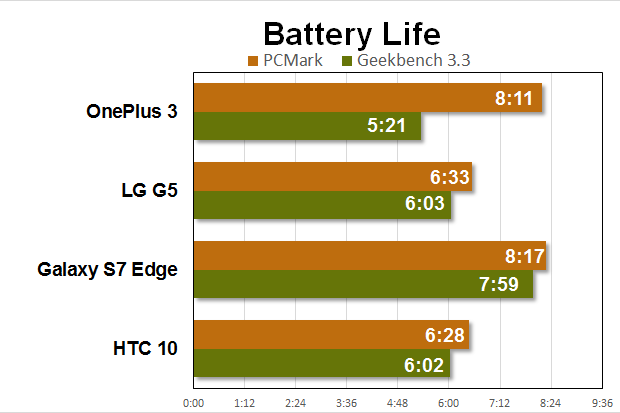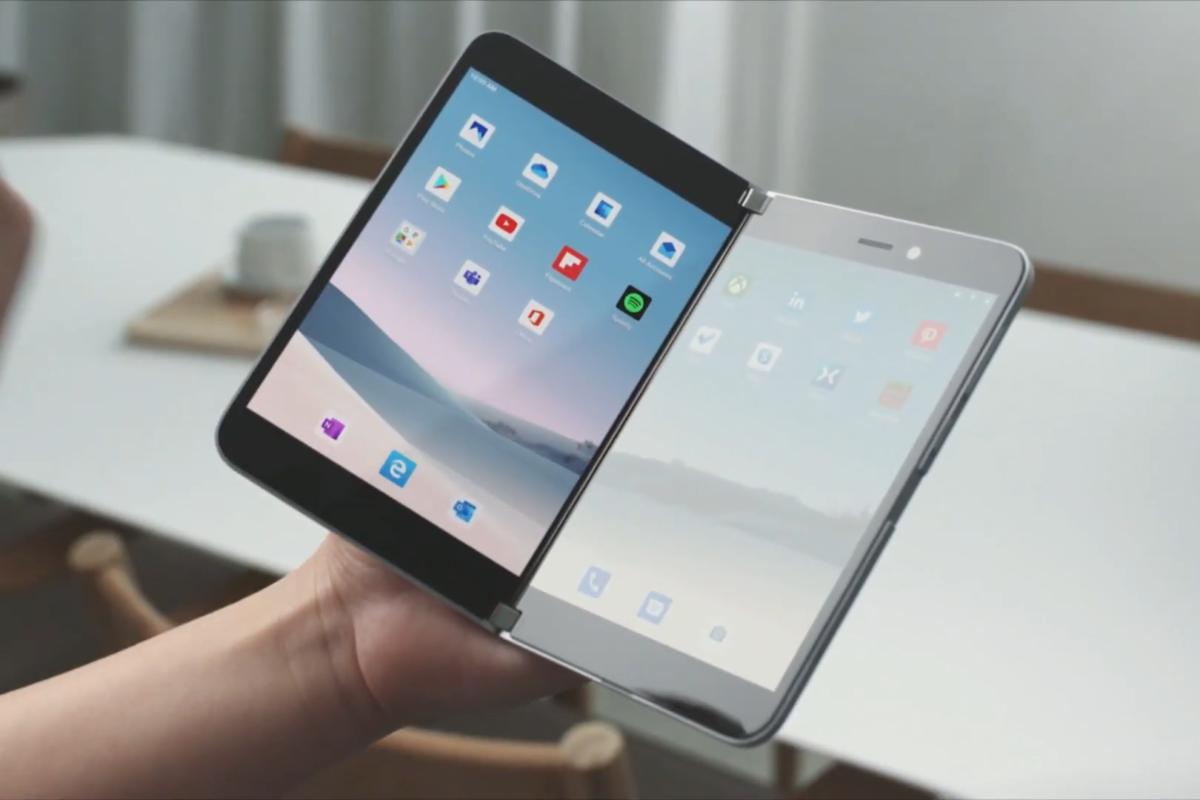Choosing the best Android phone for you is a big decision. The Android universe teems with options, from superexpensive flagship phones to more affordable models that make a few calculated compromises, to models expressly designed for, say, great photography.
Chances are that whichever phone you buy, you’ll keep it for at least two years. So we’ve made picks for the best Android phone in categories spanning a variety of needs. Check out our summary list below, or keep reading for the details on each one. At the bottom of this article, we also list all our recent Android phone reviews—in case you have your eye on a model that didn’t make our cut.
Android phone cheat sheet
Our quick-hit recommendations:
Latest Android phone news
Here are the latest stories:
- Okay, wow: On October 2 Microsoft revealed the Surface Duo, a dual-display phone running a special version of Android. It’s already intriguing for avoiding the folding challenges of rival Samsung, yet seeming very flexible in how images move from one screen to the other. It won’t be out for another year, so we have plenty of Surface Duo questions to consider in the meantime. You have to see it, so here’s a photo.
Microsoft
Microsoft wowed the crowd at its October 2, 2019 event in New York with the reveal of the Surface Duo, a dual-display smartphone running a special version of Android, due to ship in late 2020.
- PCWorld’s Mike Simon recently spent some hands-on with the OnePlus 7T, a premium phone that’s trying to stand out with its unabashed, huge circular camera array. Given its impressive combination of features and specs, and of course, a killer price tag, the OnePlus 7T will make a nice alternative for anyone who doesn’t want to spend hundreds more on a Galaxy or Pixel phone.
Michael Simon/IDG
The OnePlus 7T is brilliant in glacier blue.
- Huawei has taken the wraps off the Mate 30 and Mate 30 Pro and it has everything you could possibly want in a late-2019 handset: all-screen industrial design, giant displays, huge batteries, and 5G. Thanks to the United States’ blacklisting of Huawei, however, these phones are missing one important thing: Google.
- Android 10 is on its way, and we already have handy how-to’s for the best new features and the most important things to do first.
Best Android phone overall
Unless you live under a rock, this pick should come as no surprise. Yes, it’s big and expensive, but the Galaxy S10+ is simply the best Android phone you can buy right now. It’s not just that it has the fastest processor, a ton of storage, a great camera, and a surprisingly excellent Android skin in OneUI. What truly puts the S10+ above its competitors is the display. Samsung’s new Dynamic OLED is simply stunning, rivaling even the excellent iPhone screens. So, since it looks like you won’t be able to buy a folding phone for a while, the Galaxy S10+ is the best Samsung and Android has to offer. Read our full review.
Runner-up
You won’t find too many LG phones on best-of lists anymore, but the V40 is a rare exception. Yes, it has last year’s processor, but you’d be hard-pressed to find much of a difference between it and the newer Snapdragon 855 in day-to-day use. What you will notice are the five cameras and excellent sound. Like the S10, the V40 still has a headphone jack, though here you get a Quad DAC. Audiophiles will also dig the Boombox speaker that uses the space inside the phone as an acoustic chamber to boost the bass when the V40 is lying on a table. There’s also a triple-camera system that lets you simultaneous take standard, zoom, or wide-angle shots, a feature you won’t find on any other camera. I don’t love its $950 MSRP, but it won’t be hard to find a great deal on it. Read our full review.
Best Android phone for photographers
While there are plenty of great camera phones on the market today, our favorite is still the Pixel, and the third generation seriously brings it. Despite having a dual camera on the front for wide-angle selfies and true portraits, it sticks with a single lens on the back, bucking the trend of every other premium phone. But the Pixel’s photography prowess is more than the sum of its specs. There are cool new features like Night Sight for mind-blowing low-light photos, and Top Shot, which snaps a series of photos before and after you tap the shutter and suggests the best one. But even if you don’t use any of those features, Google’s incredible processing will ensure that every shot you take is gallery-worthy. Read our full review.
Best Android productivity phone
No matter what handset you’re upgrading from, the Note 10+ will be an improvement, likely a significant one. It’s not just the speed (though it’s basically the fastest phone ever made) or the display (which is pretty much flawless). From the bezels to the battery life, the Note 10+ is at the very top of its game, capping off Samsung’s strongest year in recent memory. Read our full review.
Best bang-for-the-buck Android phone
There’s really no other competition in the value category than OnePlus. While the price of its phones have steadily ticked up along with its far-higher-priced peers, OnePlus has consistently delivered good-looking handsets with premium specs for hundreds of dollars less than the iPhones and Galaxies of the world. The 6T has one more thing going for it: T-Mobile support. It’s still missing wireless charging and IP-rated water resistance, and the camera lags behind those of top-tier phones as well, but for the price, you simply can’t buy a better Android phone. Read our full review.
Runner-up
The Galaxy S10e might be grabbing all of the attention as Samsung’s new “affordable” handset, but at $750, it’s still more than most people want to spend on a phone. However, if you opt to buy last year’s Galaxy S9 instead, you’ll get the same screen size, a similarly great camera, wireless charging, a more-than-capable processor, and One UI, all for $599. We still use our S9 on a daily basis and it hasn’t skipped a beat, with a Snapdragon 845 processor, fantastic Infinity display, and all the bells and whistles you could want. Read our full review.
What to look for in a Android phone
While most smartphones might look pretty much the same, buying one is a very personal experience. We all have unique needs, a unique budget, and personal preferences. You might need to access secure corporate email and documents with a phone that works on lots of networks around the world. Or you might spend all your time chronicling your life on Snapchat. That said, there are major features of all smartphones that you should compare before making a purchase decision.
Display: A good display has a high-resolution, retina-style display (1920×1080 for smaller phones, 2650×1440 for larger phones), so even fine text is crisp and legible. Nearly every premium phone has moved into a 18:9 aspect ratio, bringing more height to the display while making it easier to hold. You’ll want a screen that accurately displays colors when looking at it from any angle. A high contrast ratio and maximum brightness will make it easier to see in bright sunlight.
 Christopher Hebert/IDG
Christopher Hebert/IDGWith excellent brightness, color-handling, and contrast, the Galaxy S9’s display might be the best in the business.
Camera: Smartphone vendors like to tout a camera’s megapixels or portrait abilities, but a second lens and wide aperture (low f-stop number such f/2.0 and as low as f/1.5 on high-end phones) get you only so far. The particulars of the sensor, image processing chip, and camera software have a huge impact on the photo- and video-taking experience.
You want a camera that launches quickly, focuses in an instant, and has no lag between hitting the shutter button and taking the photo. A great phone camera is one with great processing, that can produce shots with accurate colors and little noise in lots of different environments. If you take selfies, pay particular attention to the quality of the front-facing camera. Finally, we love manual camera controls, and reward phones that offer lots of fine-tuning options.
Processor and memory: Nearly every modern phone is “fast enough” for common tasks like web browsing and social media, and nearly every premium phone uses the same processor: the Snapdragon 845. But unless you plan to use your phone for more taxing activities like 3D gaming, VR, or video editing, you don’t always need a super-high-end processor and tons of RAM. Still, don’t settle for less than 2GB of RAM and a Qualcomm Snapdragon 600-series processor or better.
Battery: Every time a new poll is taken about what users want out of their next smartphone, “better battery life” is at the top of the list. The capacity of a smartphone battery is measured in milliamp-hours (mAh), and ranges from just under 3,000 mAh to around 4,000 mAh. As a rule of thumb, more mAh is better. But phones with bigger, brighter displays and more powerful processors drain the battery more quickly, so a smaller and less expensive phone with a 2,500 mAh battery might actually last longer than a high-end phone with a 3,300mAh one. AI and battery-saving modes are helping phones last longer and longer. You shouldn’t settle for one that doesn’t get you through a full day without needing to run for a outlet.

You want a phone with a big battery. In general, the higher the mAh rating, the better.
Size and weight: Some people love big phones. Some love smaller phones. Some want a lightweight phone that disappears in the pocket, while others need to feel some heft. It’s a matter of personal preference. With shrinking bezels and changing ratios, even 6-inch phones can be held comfortably in most hands. Before you decide, head to your local carrier or electronics store and try on a few different models for size.
Software and Bloatware: If you want a phone that runs pure Android with no embellishments, you need to buy a Pixel phone or an Android One phone. Anything else you buy is going to have a custom build of Android—and that could be good or bad (or both at once).
Phone makers change the Android interface and icons to varying degree, and add features and software of their own. Sometimes this stuff is useful, sometimes it isn’t. Pre-installed apps that can’t be removed (usually called “bloatware”) can slow down your phone or, at the very least, take up valuable storage space. And if you buy a phone from a carrier instead of an unlocked carrier-neutral model, you’ll probably find a bunch of carrier apps you may not want. Know what you’re getting into before you buy.
Updates are also a concern. Pixel phones get the latest version of Android and security patches on day one, but most other phones take weeks to deliver patches and months to push out updates, if they get them at all. That’s true of premium phones such as the Galaxy S8 and budget phones alike. So consider that when committing to a new phone.
How we test Android phones
First and foremost, we spend at least several days with the phone under review, treating it as if it were our one and only. No number of lab tests or benchmarks will tell you as much about a phone as living with it for awhile. We’re concerned with real-world performance, stability, interface usability, camera quality, and whether proprietary features are useful or cumbersome. We use social media, check email, play games, take photos and videos in a variety of conditions, navigate around town, and do all the things most people do with their phones.

We run a suite of benchmarks, but what matters most is the overall experience.
Of course, we also run extensive benchmarks: 3DMark (both Ice Storm Unlimited and Sling Shot), PCMark, GFXBench, AnTuTu, Geekbench, and Vellamo. We run all our tests with the phone set up the way it would be out of the box, without disabling any pre-installed apps or services. We do, however, make efforts to ensure benchmarks are not interrupted by notifications, and that background downloads aren’t taking place. We may not report results from all of these tests (real-world everyday performance is far more important than benchmarks), but we do share the most interesting results.
Before running each benchmark, we make sure the phone is charged to 100 percent, plugged in, and left to cool off. Phones can sometimes run slower as their batteries get low, and charging the phone can make it hot and cause the SoC to slow down. So we do our best to make sure every test starts with the phone topped off and at room temperature.
When we run battery benchmarks (PCMark and Geekbench), we calibrate the display to 200 nits and disable all auto-brightness and screen-dimming features. Display brightness plays a major role in draining your battery, and we want to create a level playing field. Of course, we also keep a close eye on how long the battery lasts in our everyday use, including screen-on time, standby time, and even how fast the battery charges with the included charger.
Android phone reviews
Is there a phone you’re interested in, but don’t see it recommended as one of our top picks? That’s fine—different users have different needs and preferences. Maybe another model is the best one for you. Take a look at our latest top reviews to see what else is out there.
 Microsoft
Microsoft Michael Simon/IDG
Michael Simon/IDG